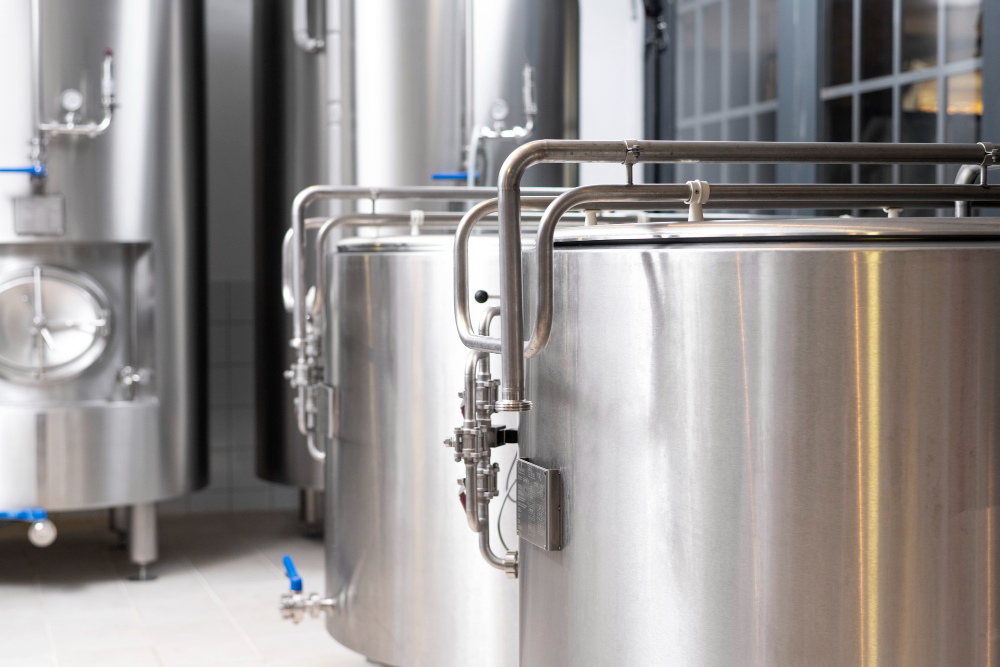In today’s rapidly evolving industrial landscape, the integration of a steam boiler is a transformative step forward, enhancing both operational efficiency and environmental sustainability. NIIFT stands at the forefront of this industry across Southeast Asia, specializing in the selection, deployment, and maintenance of the perfect steam boiler to meet your specific needs. We present a detailed guide on steam boiler installation, ensuring excellence in performance and compliance from start to finish.
Understanding Steam Boilers
A steam boiler is an essential apparatus designed to generate steam for various applications including heating, power generation, and numerous industrial processes. It converts water into steam by heating the water through the combustion of fuels or by electricity, playing a vital role in numerous industry operations.
Types of Steam Boilers: A Comparative Overview
It’s crucial to understand the different types of steam boilers to choose one that best fits your requirements. Steam boilers are categorized into three main types: fire-tube, water-tube, and electric boilers, each serving distinct industrial applications.
Fire-tube Boilers
Fire-tube boilers are traditional models best suited for small to medium steam requirements. They feature tubes that carry hot gases from a fire, surrounded by water in the boiler’s chamber. Known for their simple design, they are easy to operate and maintain, making them suitable for small factories, hospitals, and office buildings.
Water-tube Boilers
Water-tube boilers cater to high-pressure and large steam volume needs. In these models, water flows through tubes surrounded by hot gases. This configuration allows for higher pressures, enabling steam generation at greater temperatures and volumes. Ideal for large industrial applications and power generation, these boilers may have higher initial costs but offer greater efficiency and steam output.
Electric Boilers
Electric boilers are recognized for their clean and efficient steam generation, using electricity to heat water into steam. These boilers are pollution-free, highly efficient, and compact, fitting into spaces where conventional boilers cannot. They are particularly beneficial for industries requiring pure steam, such as food processing and pharmaceuticals.
Steam Boiler Installation Planning
Installing a steam boiler is a significant project requiring careful planning and precise execution. The installation process includes several stages, from initial planning and authority notification to the final inspection, ensuring compliance with all operational and safety standards.
Choosing the Right Boiler
Selecting the appropriate boiler is critical for maximizing operational efficiency, managing costs, and minimizing environmental impact. Important considerations include your specific application needs, boiler capacity, energy efficiency, fuel type, and expert consultation to navigate these complex decisions effectively.
The Installation Process
Safety and preparation are paramount. The installation process involves foundation preparation, component assembly, utility connections, and thorough testing and commissioning.
Post-Installation
After installation, it’s essential to comply with all regulatory standards, provide comprehensive operator training, and establish a routine maintenance schedule to ensure durability and efficient operation.
Conclusion
Embarking on a steam boiler installation is a comprehensive process that demands detailed planning, execution, and ongoing maintenance. By following these guidelines, businesses can smoothly transition through the installation process, ensuring compliance and efficient operation. NIIFT is dedicated to providing Southeast Asia with top-tier, energy-efficient industrial solutions, demonstrating our commitment to excellence and innovation.
About NIIFT
As a leading provider of industrial steam boilers and services in Bangkok, Thailand, NIIFT is dedicated to innovation and sustainability. We offer tailored solutions to meet the unique needs of our clients across Southeast Asia, ensuring efficient operational continuity with our skilled team for new installations, maintenance, or repairs.







